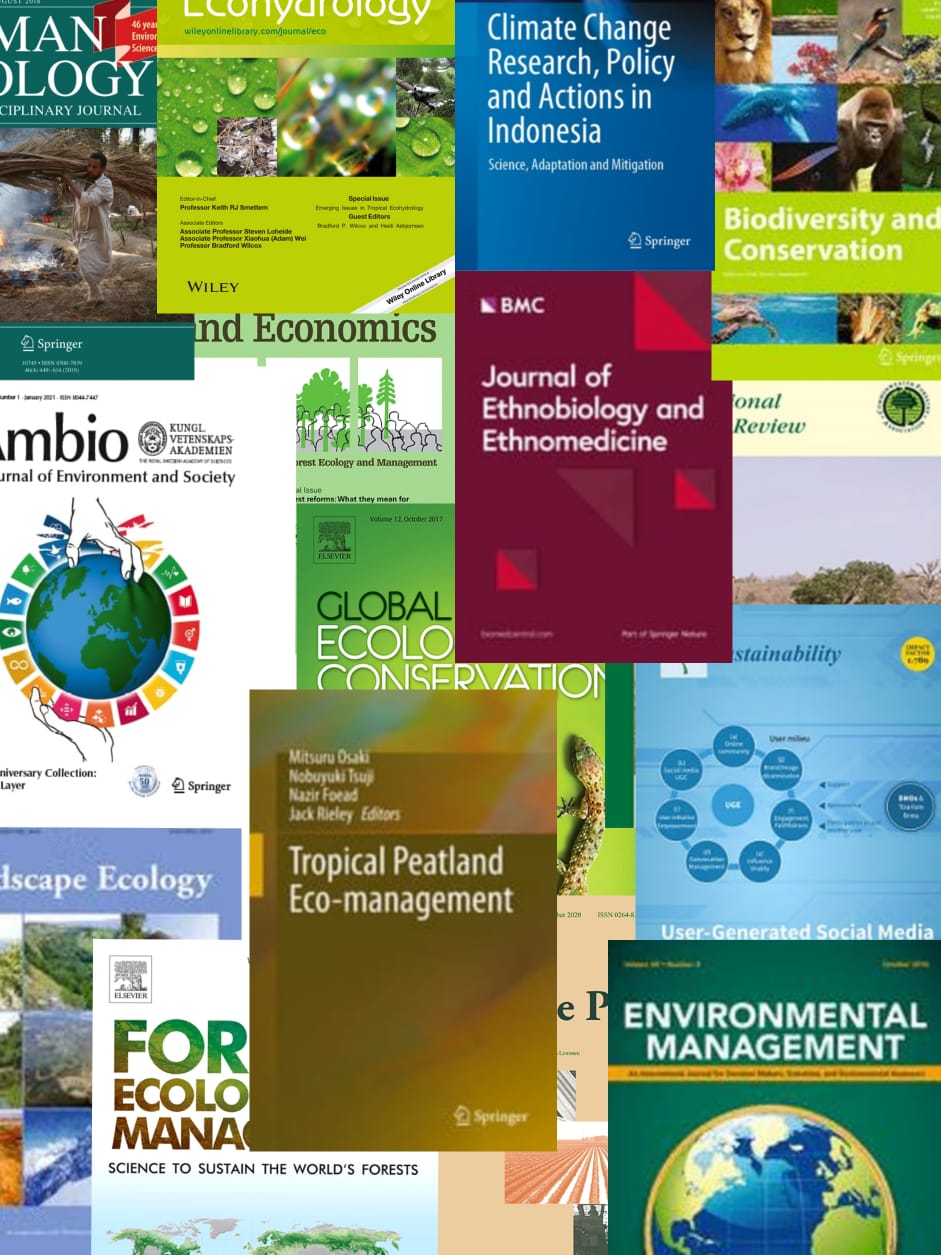Preah Khan of Kompong Svay (Preah Khan) was a vast peripheral outpost of the Angkorian Khmer Empire, managed with either strong influence from the capital or semi-autonomously between the 11th and 13th centuries AD. It is believed to have held significant economic importance to the Angkorian elite given its assumed trade partnerships with the neighbouring Kuay hill tribes as well as its proximity to Phnom Dek, or Iron Mountain", one of Cambodia's richest known sources of iron oxide. However, the dating of a number of iron metallurgy sites found within the complex placed the heaviest period of industrial activity between the 13th and 17th centuries AD - during the decline of the Angkorian period and beyond into Cambodia's Middle Period. In this paper we present a more extensive record of occupation and use of the site, using a series of geoarchaeological and geochemical records, and show that occupation likely occurred in three stages (Stage 1, Stage 2 and Stage 3). We suggest that in Stage 1 Preah Khan was initially established as a politico-religious expression of power in this strategically important region, and during this time maintained a small, non-industrial population. By the mid-late 14th century AD (Stage 2) macrocharcoal levels increase suggesting that Preah Khan's purpose may have shifted as it became increasingly occupied or utilised for iron smelting activity, before it was finally abandoned in Stage 3, approximately half a century before the supposed abandonment of Angkor. An important question raised from this transition is whether the increased activity in the later phase represents a new wave of Khmer occupants or parasitic occupation of an abandoned temple complex by neighbouring forest-based minority groups. These results highlight the benefit of using geoarchaeological approaches in reconstructing the histories of Angkorian settlements and in increasing our understanding of the response of Khmer peripheral cities to the abandonment of the capital. © 2016 Elsevier Ltd."
View source

